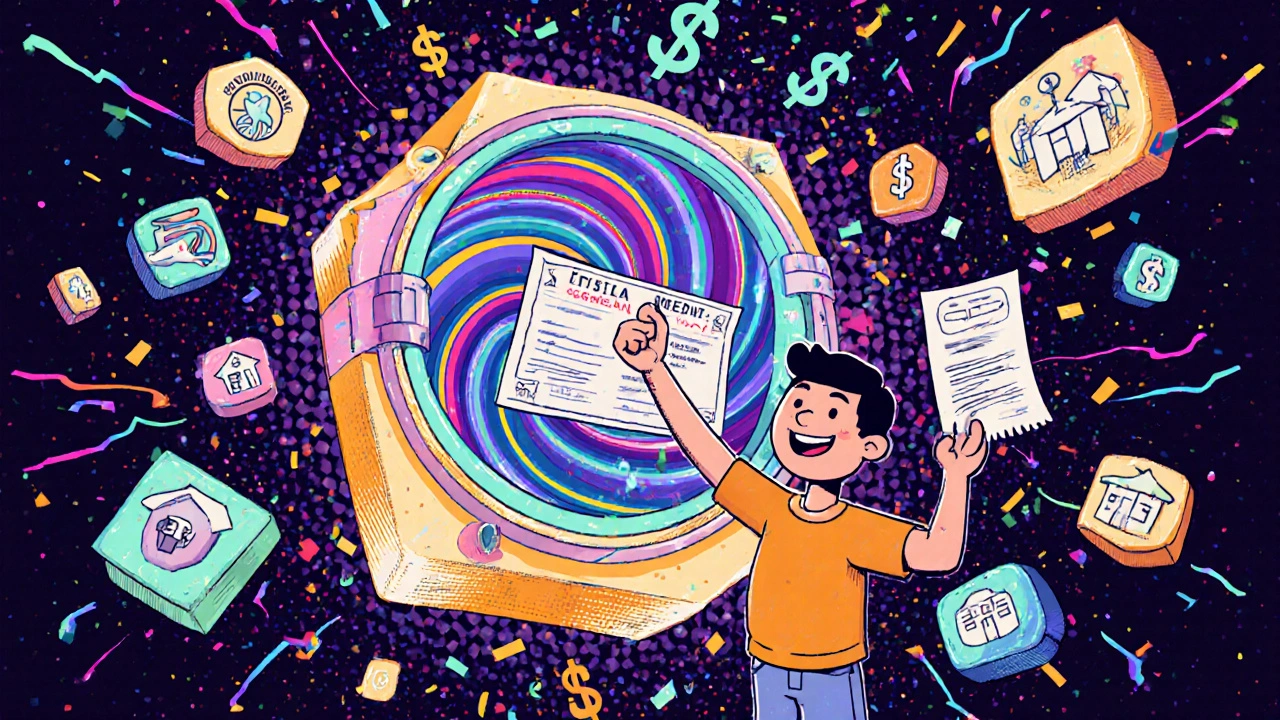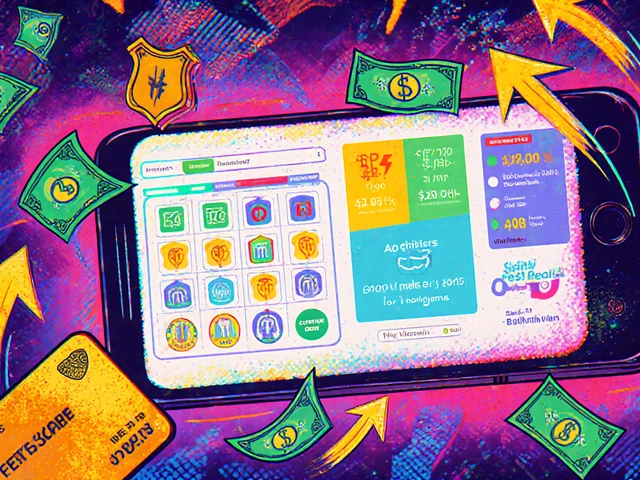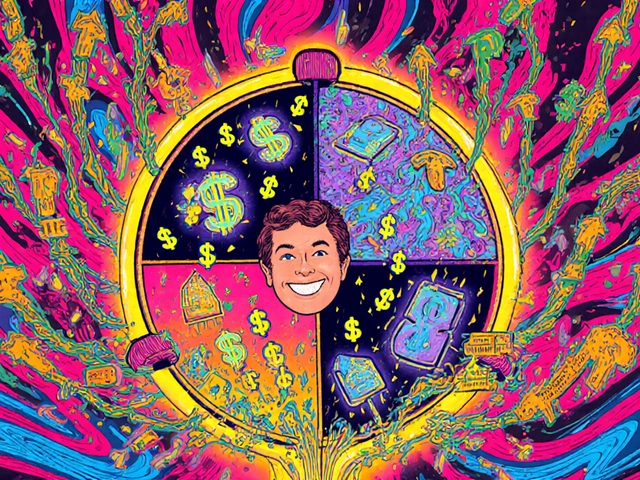2025 August Investing: Automate, Diversify, Sleep Better
When you think about investing, the act of putting money to work so it grows over time, not just sitting in a bank account. Also known as building wealth through assets, it’s not about picking hot stocks or timing the market—it’s about showing up consistently, even when you’re tired. In August 2025, the most common thread among readers wasn’t market crashes or crypto spikes. It was quiet wins: someone automated their Roth IRA and finally stopped checking it at 2 a.m. Another paid off credit card debt and redirected that $300/month into index funds. These aren’t flashy moves. They’re the kind that let you sleep.
Automated investing, setting up recurring transfers to buy assets without manual effort was the biggest theme this month. People stopped trying to be traders and started being owners. They used tools like Vanguard, Betterment, or even simple bank-linked brokerage accounts to send money in every payday. No guesswork. No emotional decisions. Just steady, invisible growth. And when you stop watching the numbers every hour, you stop stressing about them. That’s the real win.
Portfolio diversification, spreading your money across different asset types to reduce risk came up again and again—not as a textbook term, but as a lived practice. One reader split their $5,000 monthly contribution between U.S. stocks, international funds, and a small bond ETF. Another added real estate via REITs after reading a simple breakdown. They didn’t need to understand derivatives or hedge funds. They just avoided putting everything in one place. And that’s all it takes to survive a downturn.
Fee comparison wasn’t just a footnote—it was the quiet hero. People started asking: "Why am I paying $12 a year to hold this fund when another one does the same thing for $2?" They switched platforms, moved from loaded mutual funds to low-cost ETFs, and reclaimed hundreds in hidden costs. A $10 fee might seem tiny, but over ten years, it eats thousands in lost growth. Fixing that one thing changed more than their portfolio—it changed their mindset.
Risk management didn’t mean avoiding loss. It meant accepting that loss is part of the game, and preparing for it. People set stop-losses on individual stocks, kept emergency cash separate from investments, and wrote down their "why" when the market dipped. One person wrote: "I’m investing for my daughter’s college fund. If I panic-sell now, I lose more than money—I lose her future." That clarity kept them calm.
This August wasn’t about beating the S&P 500. It was about building systems that work while you sleep. The posts below show real people doing exactly that: automating their money, cutting fees they didn’t notice, spreading risk without complexity, and finally stopping the late-night anxiety. You don’t need to be a financial expert. You just need to start. And then let the system do the rest.







